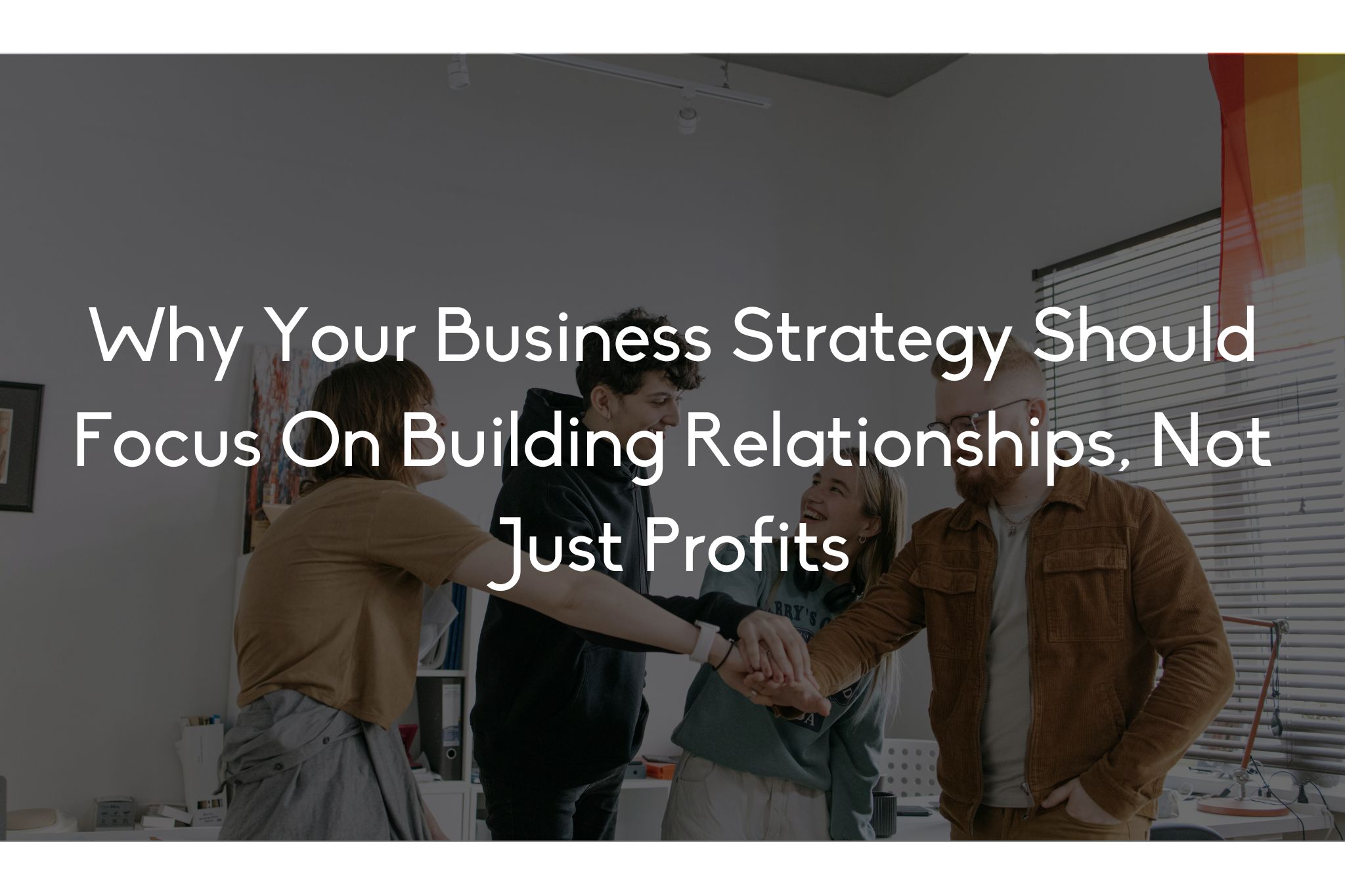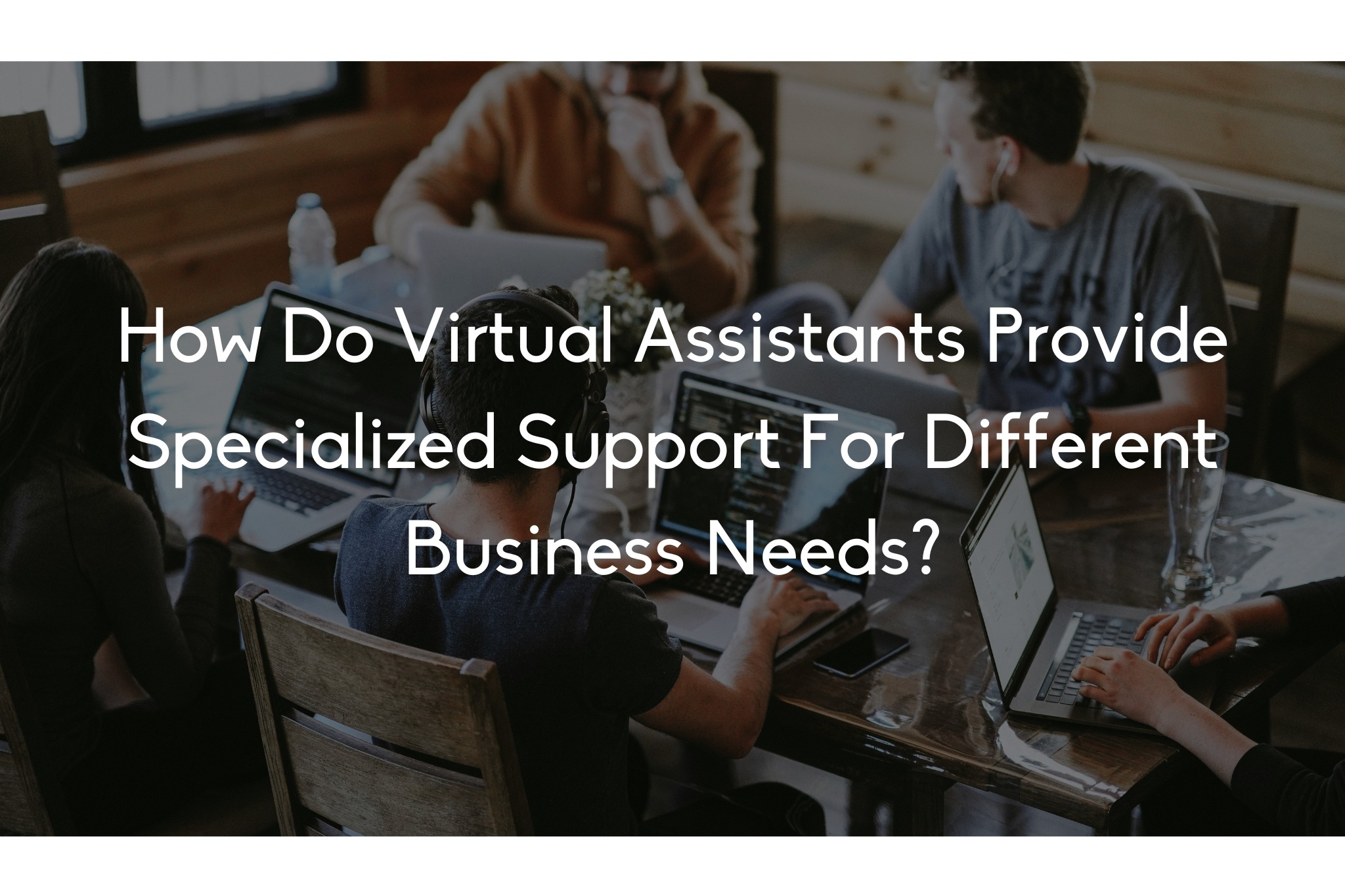
Every business aims for profitability, but companies that focus only on sales and revenue often struggle to achieve long-term success. While financial growth is important, the businesses that truly stand the test of time are those that prioritize relationships—whether with customers, employees, or industry partners.
Think about your favorite brands. What makes you stay loyal to them? It’s not just about pricing or product quality—it’s about the connection, trust, and experience they offer. Businesses that invest in building strong relationships naturally attract repeat customers, loyal employees, and valuable partnerships.
Companies that chase quick profits often experience:
❌ High customer turnover – People don’t stay loyal to brands that don’t value them.
❌ Low employee engagement – Workers feel unappreciated in revenue-driven workplaces.
❌ Short-term success, long-term struggles – Without strong relationships, businesses struggle to grow sustainably.
✔ Customer loyalty leads to consistent revenue
✔ Strong employee engagement boosts productivity
✔ Industry networking creates new opportunities
✔ Long-term stability that protects businesses from market fluctuations
✔ A strong brand reputation that attracts new opportunities
The best businesses know that profits follow relationships—not the other way around.
✔ Why relationships matter more than short-term profits
✔ The role of customer loyalty in long-term success
✔ How employee relationships impact business growth
✔ How networking and trust drive profitability
✔ Practical strategies to build a relationship-focused business
✔ Real-world examples of companies that thrive by prioritizing relationships
✔ Actionable steps you can implement immediately to strengthen business relationships
By the end of this guide, you’ll understand why companies that prioritize relationships over quick sales achieve sustainable success, strong brand loyalty, and long-term revenue growth.
Focusing only on profits can lead to unintended consequences:
❌ Customers feel like transactions, not valued partners
❌ Employees become disengaged and look for better opportunities
❌ Brand trust suffers when relationships take a backseat
❌ Higher operational costs due to high employee turnover and inconsistent customer retention
❌ Negative reviews and word-of-mouth that damage the company’s reputation
Example: Many companies that experience rapid growth but neglect customer relationships eventually see declining retention rates. Without a loyal customer base, revenue becomes unstable. On the other hand, companies that foster strong connections enjoy customer advocacy, increased referrals, and organic growth.
✔ Higher customer retention rates – Happy customers stay longer.
✔ More referrals and word-of-mouth marketing – Customers recommend brands they trust.
✔ Long-term revenue stability – A loyal customer base leads to consistent sales.
✔ A more engaged and motivated workforce that contributes to company success.
✔ A stronger company culture that fosters collaboration, creativity, and innovation.
Case Study: Apple has cultivated one of the strongest brand followings in the world. Their success isn’t just about technology—it’s about the deep emotional connection they’ve built with their customers. By focusing on customer experience, design innovation, and a community-driven approach, Apple has turned buyers into lifelong advocates.
 Customer Loyalty: The Key to Long-Term Business Success
Customer Loyalty: The Key to Long-Term Business SuccessIt costs 5-7 times more to acquire a new customer than to retain an existing one. Businesses that invest in customer retention spend less on marketing and generate more revenue. Loyal customers not only make repeat purchases but also promote brands to their social circles.
✅ Personalized Communication – Use customer data for tailored emails, recommendations, and offers.
✅ Excellent Customer Support – Solve problems quickly and efficiently to build trust.
✅ Loyalty Programs – Reward repeat customers with exclusive discounts and perks.
✅ Community Engagement – Connect with customers via social media, forums, and live Q&As.
✅ Transparency and Honesty – Be upfront about policies, pricing, and business decisions.
✅ Consistent Brand Experience – Maintain the same level of quality and service across all interactions.
Example: Amazon’s fast shipping, personalized recommendations, and customer-first policies keep millions of customers loyal. By leveraging data-driven personalization and prioritizing convenience, Amazon has become a leader in customer retention.
Your employees are the backbone of your company. If they feel undervalued, they won’t be motivated to provide great service. Happy employees create happy customers. ✔ Motivated employees deliver better customer experiences. ✔ Lower turnover rates reduce hiring and training costs. ✔ Engaged employees contribute new ideas and help businesses grow. ✔ A positive work environment fosters collaboration and innovation. ✔ Employees become brand ambassadors who advocate for the company.
✅ Recognition and Rewards – Celebrate employee achievements.
✅ Encourage Open Communication – Give employees a voice in business decisions.
✅ Professional Growth Opportunities – Offer training, mentorship, and career development.
✅ Foster a Positive Work Culture – Promote work-life balance and teamwork.
✅ Regular Check-ins – Conduct one-on-one meetings to address concerns and provide support.
✅ Competitive Compensation and Benefits – Show employees they are valued by offering fair salaries and benefits.
Example: Google invests in employee well-being, leading to higher productivity, innovation, and retention rates. Their commitment to employee satisfaction results in better business performance.
Networking isn’t just about making sales—it’s about building partnerships and credibility. ✔ Strategic partnerships lead to new opportunities. ✔ Industry referrals create trust and expand reach. ✔ Learning from peers keeps businesses competitive. ✔ Collaborations lead to new product developments and market expansion. ✔ Increased visibility and brand recognition within the industry.
✅ Attend Industry Events – Connect with other professionals in your field.
✅ Join Business Groups – Engage in LinkedIn discussions and networking communities.
✅ Offer Value First – Build credibility by helping others before asking for favors.
✅ Stay in Touch – Follow up with business contacts regularly.
✅ Provide Thought Leadership – Share insights through blogs, podcasts, and speaking engagements.
Example: Small businesses that prioritize networking and collaborations grow faster than those that work in isolation. They gain access to resources, expertise, and opportunities that would be difficult to secure alone.
Modern consumers research brands before making purchases. If they don’t trust your business, they won’t buy from you—even if your product is great.
✅ Be Transparent – Clearly communicate pricing, policies, and expectations.
✅ Follow Through on Promises – Deliver what you advertise.
✅ Showcase Social Proof – Use testimonials, case studies, and customer reviews to establish credibility.
✅ Engage Authentically – Build real relationships with customers through interactions.
✅ Ethical Business Practices – Align with social and environmental responsibilities.
Example: Patagonia’s commitment to sustainability and ethical practices has made it one of the most trusted brands in the world.
If you want a business that lasts, focus on building relationships, not just making sales. Profits will naturally follow when you nurture trust, loyalty, and engagement.
Final Action Step: Pick one relationship-building strategy to implement today—whether it’s improving customer support, enhancing employee engagement, or networking more.
By prioritizing relationships, you create a business that is profitable, sustainable, and built to last.


